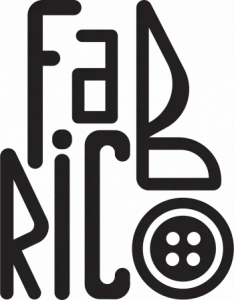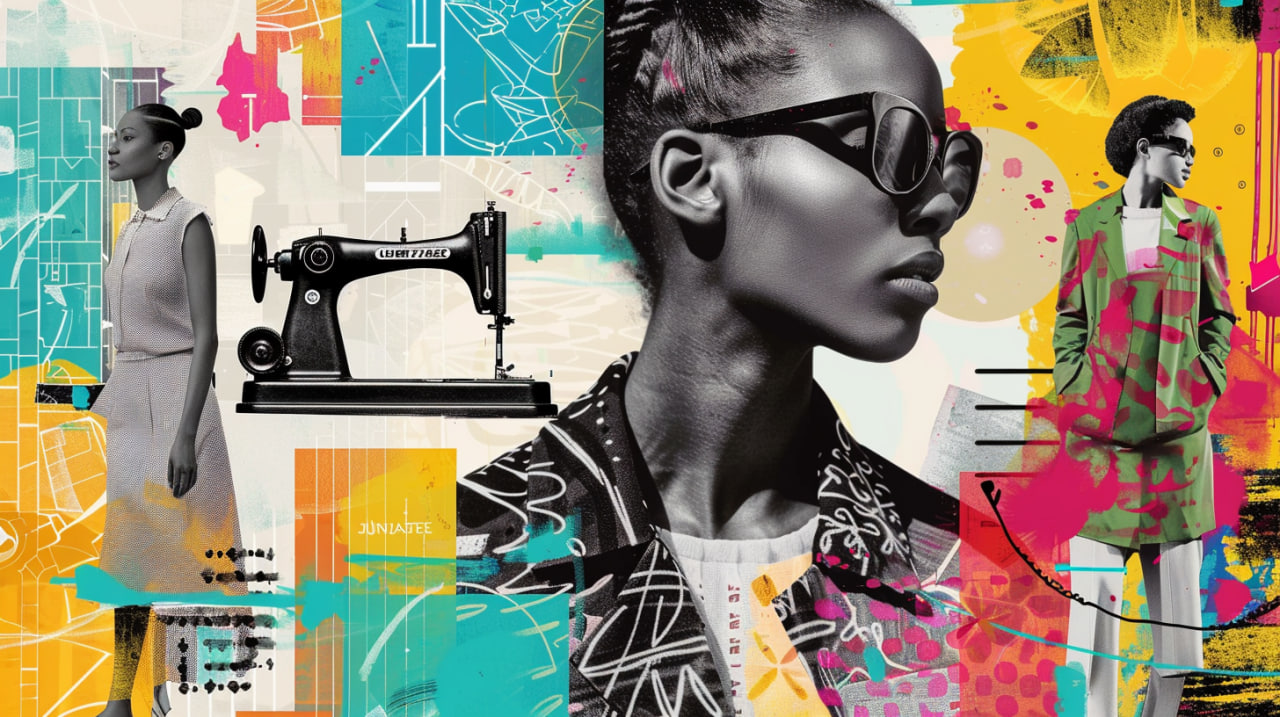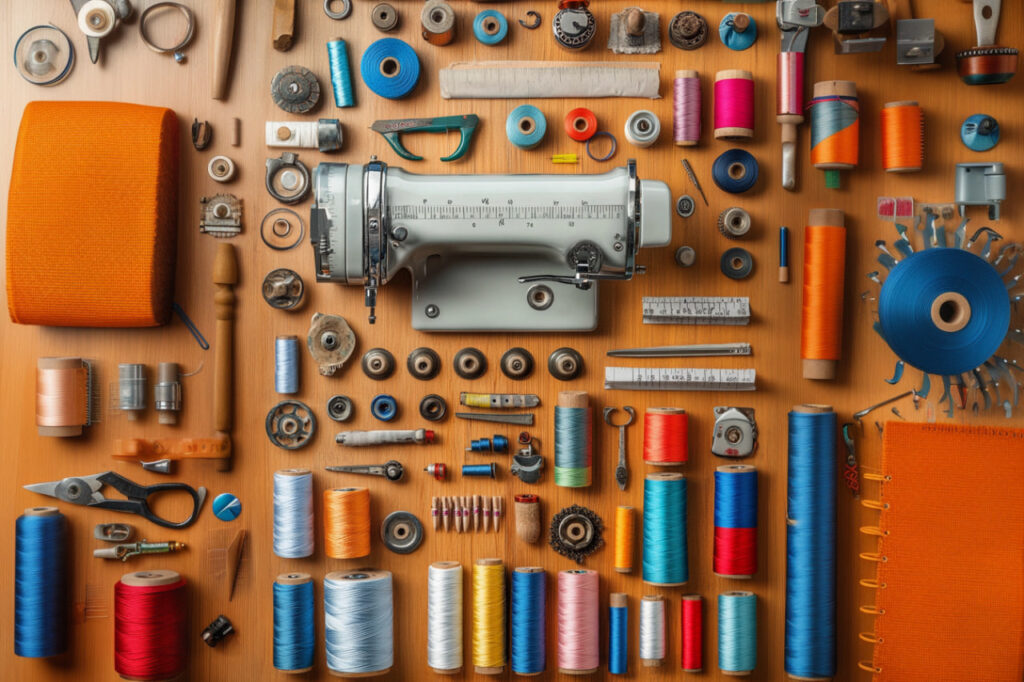The Many Designs of Mass Market Fashion
Mass market fashion encompasses a wide variety of designs, appealing to different tastes and lifestyles. Some of the most common categories include:
Fast Fashion Trends – Inspired by runway and celebrity styles, these designs change quickly and are intended for short-term wear.
Casual and Everyday Wear – T-shirts, jeans, sweaters, and dresses designed for comfort and practicality.
Athleisure and Activewear – Sporty and functional clothing made with performance fabrics, ideal for workouts and leisure.
Workwear and Business Casual – Affordable blazers, trousers, and blouses for professional settings.
Seasonal Collections – Rotating styles based on weather and seasonal trends, ensuring customers have updated wardrobes year-round. While mass market brands primarily focus on quantity, some are beginning to embrace higher-end designs and limited collections, offering consumers more variety and exclusivity.
The Future of Mass Market Fashion
The mass market fashion industry is undergoing a transformation as consumers demand more sustainable and ethical practices. Some of the key trends shaping its future include:
Sustainable and Recycled Fabrics – More brands are investing in organic cotton, recycled polyester, and biodegradable materials to reduce environmental impact.
Circular Fashion – Companies are exploring clothing rental, resale programs, and take-back initiatives to extend the lifespan of garments.
Eco-Friendly Production – Advances in dyeing techniques and energy-efficient factories are helping brands reduce water usage and carbon emissions.
Tech-Driven Fashion – Smart fabrics, AI-driven design processes, and 3D- printing technology are influencing how clothing is produced and personalized.
While mass market fashion will likely remain a dominant force, a growing number of consumers are prioritizing quality over quantity. The shift towards “slow fashion” encourages people to buy fewer, better-made pieces rather than constantly chasing new trends.
The Balance Between Affordability and Ethics
As iconic fashion designer Vivienne Westwood once said, “Buy less, choose well, make it last.” Mass market fashion has made trendy clothing more accessible, but it also presents challenges related to sustainability and ethics. Consumers today are more informed than ever, weighing the convenience of fast fashion against its long-term impact on the planet and workers. Ultimately, mass market fashion is evolving to meet the demands of a changing world. Whether through ethical sourcing, sustainable materials, or digital innovations, the future of affordable fashion will be shaped by a balance between accessibility,responsibility, and style.





